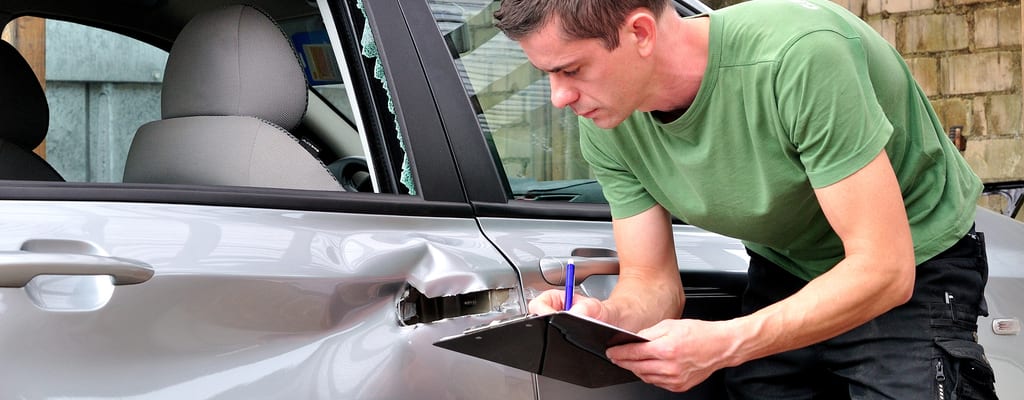Setareh Law
December 9, 2023
No one intends to get into a car accident – that’s why it’s called an accident. But even though getting into an accident isn’t something motorists intentionally do, it’s still difficult to determine who is responsible once an accident happens. Determining fault is important because many insurance companies use fault to dictate who is responsible for the cost of property damage and medical bills from car accidents. Here, we’re going to discuss the different steps insurance companies use to determine fault and what that means for your car accident case.
What are the Fault Laws in California?
The first and most important factor used to determine fault by car insurance companies is state law. Every state throughout the U.S. has different laws regarding auto insurance. There are fault-based states and no-fault states. In fault-based states, one driver is determined to be at fault and that driver is responsible for the car accident claim. In no-fault states, neither driver is considered 100% at-fault and, therefore, both drivers are responsible for the cost of damages.
California is a fault-based state. Therefore, once a person is found to be at fault they must pay for property damage and medical bills associated with the car accident. If the at-fault person carries insurance, their policy will pay for damages up to their limits of liability.
What Factors Determine Fault?
After a car accident, the best thing you can do is make a call to the local authorities and file a police report. The police report will provide important details for determining fault. Major factors that dictate fault include:
● Driver’s physical state (under the influence, etc.)
● Weather conditions
● Speed of vehicles
● Driver’s actions before the accident
● Distracted driving
A few additional steps you can take to help your insurance company determine fault include:
● Taking pictures of your vehicle
● Taking photos at the scene of the other accident
● and taking photos of the other driver’s car following the accident.
Witness statements also provide credible information for insurance companies to base a decision upon.
Who is Responsible for the Cost of My Car Accident?
In the end, your insurance company and the other driver’s insurance company will handle the decision regarding who is responsible for the cost of your car accident. In California, if you’re found at-fault, you’ll be required to pay for the damage to your vehicle and the other person’s vehicle as well as their medical bills. If your insurance policy’s liability limits are not high enough to completely cover the cost, the other party can sue you for damages.
The most common reasons people pursue additional damage claims include:
● Medical bills
● Lost wages
● Future loss of wages
● Pain and suffering
An experienced car accident attorney can guide you through the process of a car accident lawsuit. Whether you or the other party was at fault, you need representation you can count on to win your case.
Hire a Beverly Hills Lawyer to Represent Your Car Accident Claim
In California, Setareh Law is a source for trusted and experienced attorneys who can represent you in your car accident case. We have years of experience fighting on behalf of clients throughout the Beverly Hills area. Our team believes in putting the client first and will go above and beyond to provide the best possible service. We are passionate about being available to our clients at all times and want you to feel comfortable in whatever process you’re in when you’re with our firm.
To schedule a free consultation, call 844-666-1826 or contact us online today. Our Beverly Hills car accident attorneys look forward to representing you and want to help you through this difficult situation.


